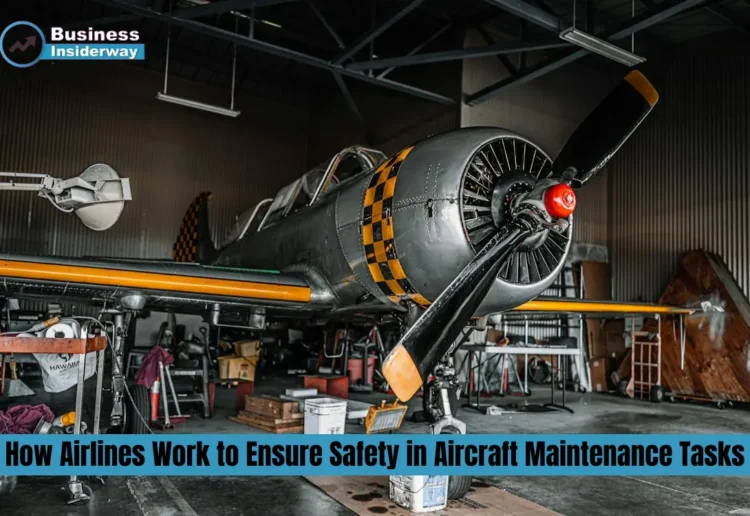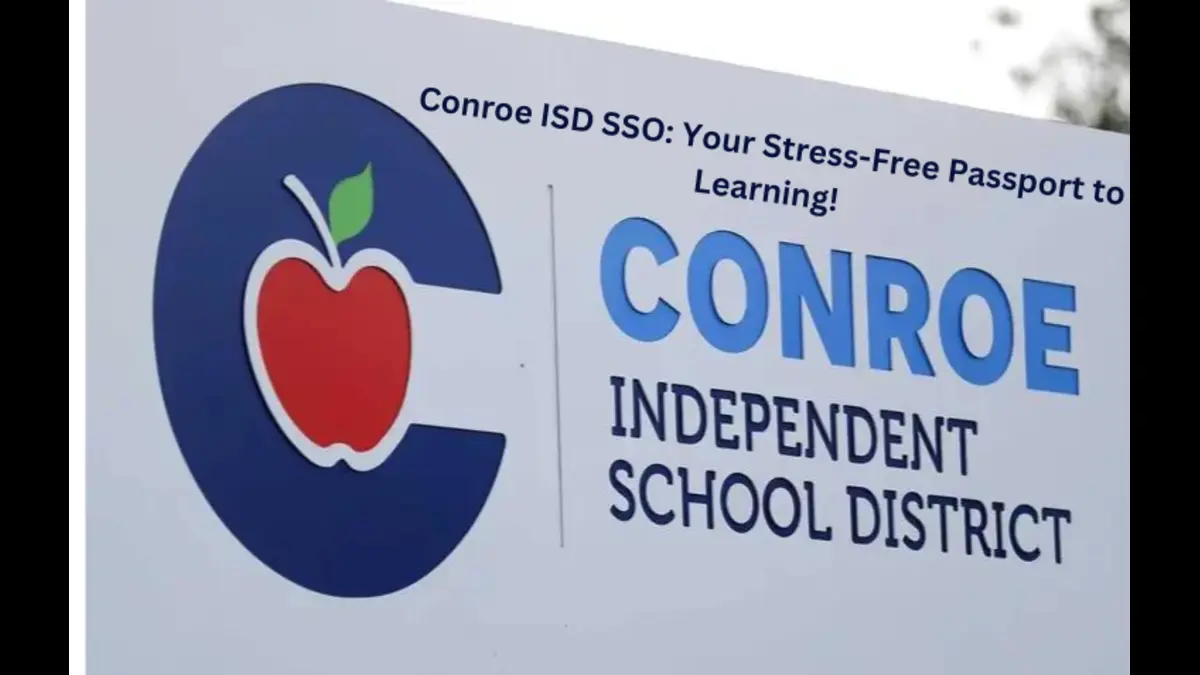Safety is critical in the aviation industry. Airlines go to great lengths to ensure the safety of their aircraft, passengers, and crew. One crucial aspect of maintaining aircraft safety is through meticulous maintenance tasks performed regularly by trained professionals. Aircraft maintenance encompasses a wide range of activities, including routine inspections, repairs, and component replacements, all aimed at keeping the aircraft in optimal condition for safe operation. Here are some of the processes and protocols that airlines employ to ensure safety in aircraft maintenance tasks. From stringent regulations and rigorous training programs to advanced technologies and thorough quality assurance measures, airlines leave no stone unturned in their commitment to maintaining the highest standards of safety in aviation maintenance.
Regulatory Oversight and Compliance
Airlines operate within a highly regulated environment governed by aviation authorities such as the Federal Aviation Administration (FAA) in the United States and the European Aviation Safety Agency (EASA) in Europe. These regulatory bodies set strict standards and guidelines for aircraft maintenance, ensuring that airlines adhere to the highest safety protocols. Airlines must obtain certification from these authorities and comply with regulations, including maintenance schedules, inspection procedures, and aircraft airworthiness directives.
Additionally, airlines are subject to regular audits and inspections by regulatory agencies to ensure compliance with safety standards and regulations. Airlines also implement robust internal safety management systems (SMS) to proactively identify and mitigate potential safety hazards in aircraft maintenance operations. These systems involve risk assessment, safety reporting, and continuous monitoring of maintenance activities to prevent accidents and incidents.
Training and Certification Programs
Aircraft maintenance personnel undergo rigorous training and certification programs to acquire the necessary skills and qualifications for performing maintenance tasks safely and efficiently. Maintenance technicians, also known as aircraft mechanics or engineers, typically undergo specialized training programs accredited by regulatory authorities or approved training organizations. These programs cover various aspects of aircraft maintenance, including aircraft systems, avionics, powerplants, and airframe structures, as well as safety protocols and procedures.
Maintenance technicians must obtain certification from regulatory authorities, such as the FAA’s Airframe and Powerplant (A&P) certificate in the United States or the EASA Part-66 license in Europe, to legally perform maintenance tasks on aircraft. These certifications require technicians to demonstrate proficiency in aircraft maintenance through written examinations, practical assessments, and ongoing professional development. Additionally, airlines provide recurrent training and proficiency checks to ensure that maintenance personnel stay updated on the latest technologies, procedures, and safety practices.
Utilization of Advanced Technologies
Advancements in technology have revolutionized aircraft maintenance practices, enabling airlines to perform maintenance tasks more efficiently and accurately. Airlines utilize a variety of advanced technologies, such as predictive maintenance systems, digital twin technology, and augmented reality (AR) tools, to monitor aircraft health, diagnose issues, and streamline maintenance processes. Predictive maintenance systems analyze real-time data from aircraft sensors to predict potential equipment failures and schedule maintenance proactively, minimizing downtime and enhancing safety.
Digital twin technology creates virtual replicas of aircraft systems and components, allowing maintenance technicians to simulate maintenance procedures and troubleshoot issues before performing them on the actual aircraft. Additionally, AR tools provide maintenance personnel with interactive visualizations and step-by-step instructions overlaid onto physical aircraft components, improving accuracy and efficiency in maintenance tasks.
Comprehensive Quality Assurance Measures
Airlines implement comprehensive quality assurance measures to ensure the effectiveness and reliability of aircraft maintenance tasks. Quality assurance begins with thorough pre- and post-maintenance inspections conducted by certified inspectors to verify that maintenance tasks are performed according to regulatory requirements and manufacturer specifications. For example, quality assurance might include confirming that technicians are using aircraft engine stands to prevent accidents while performing repairs. Additionally, airlines conduct regular audits and internal reviews of maintenance procedures, documentation, and personnel qualifications to identify areas for improvement and ensure compliance with safety standards.
Airlines may participate in voluntary safety programs, such as the International Air Transport Association’s (IATA) Safety Audit for Ground Operations (ISAGO) or the FAA’s Aviation Safety Action Program (ASAP), to enhance safety culture and encourage proactive safety reporting and collaboration among stakeholders. These programs promote open communication, transparency, and continuous improvement in safety practices across an organization.
Conclusion
In conclusion, ensuring safety in aircraft maintenance tasks is a top priority for airlines, which employ stringent protocols and measures to uphold safety standards and regulatory requirements. From regulatory oversight and compliance to rigorous training programs, advanced technologies, and comprehensive quality assurance measures, airlines leave no stone unturned in their commitment to maintaining the highest standards of safety in aviation maintenance. By investing in safety management systems, training and certification programs, advanced technologies, and quality assurance measures, airlines demonstrate their unwavering dedication to ensuring the safety of their aircraft, passengers, and crew. As the aviation industry continues to evolve, airlines will continue to innovate and adapt to new technologies and best practices to enhance safety in aircraft maintenance operations.














